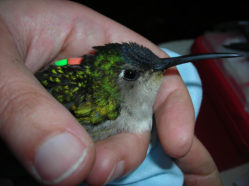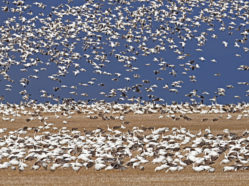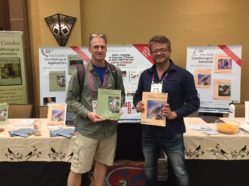Announcing the New Wesley Lanyon Award
The AOS Council is pleased to announce a new annual publication prize, the Wesley Lanyon Award. This new award will recognize the early-career ornithologist who authors the best synthesis/review paper on avian science to be published as an open-access article in either AOS journal (The Auk or The Condor). Members of AOS who are within or up to …









